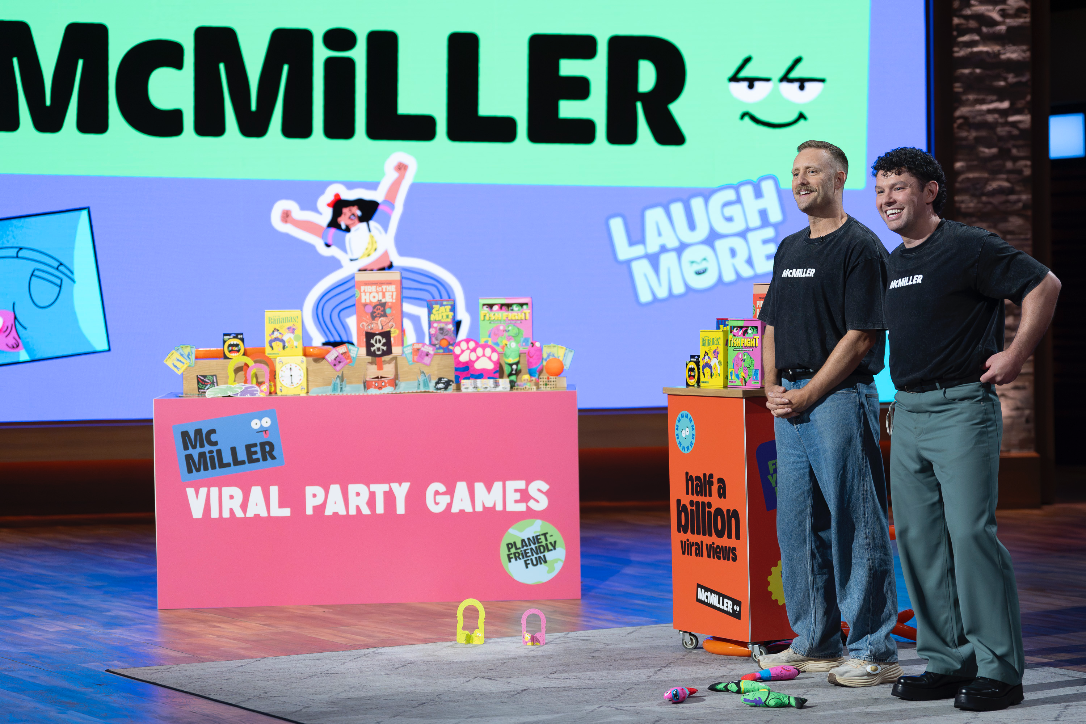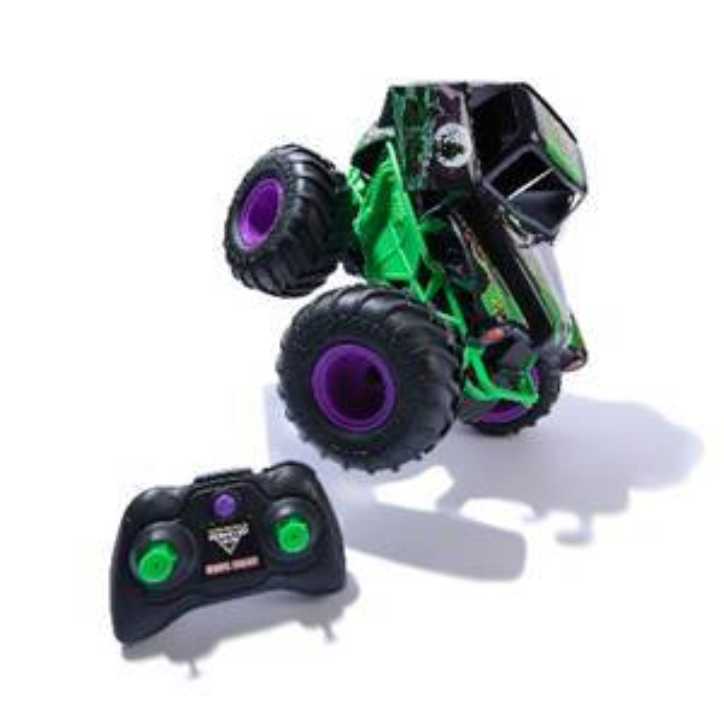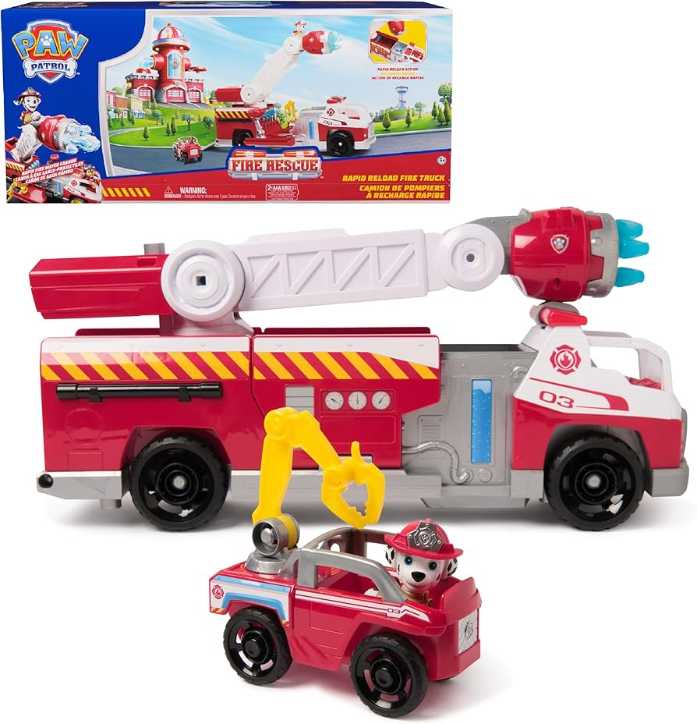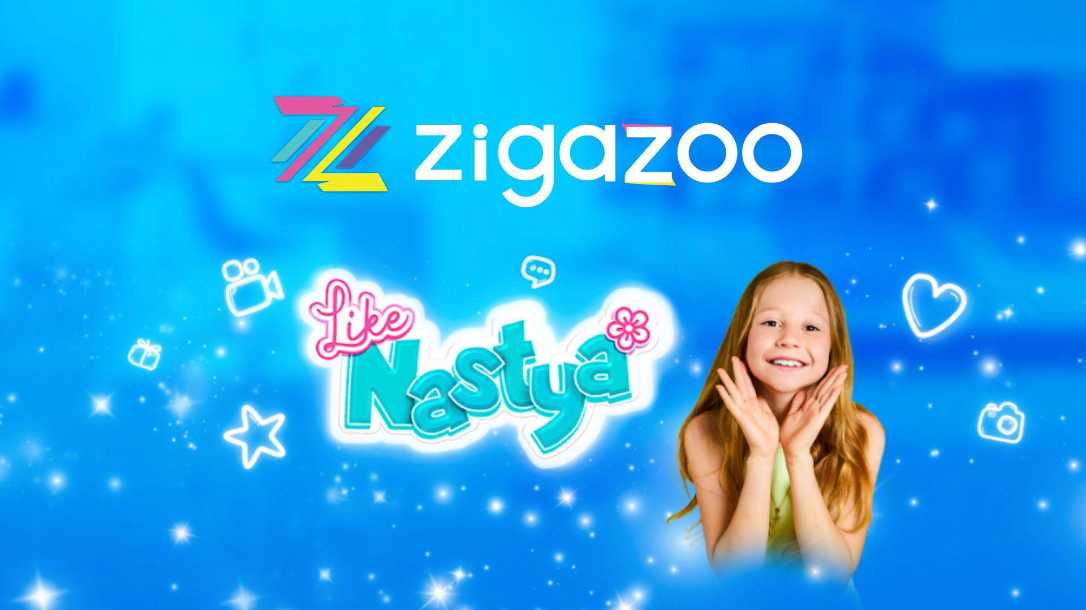Inclusivity Matters: Why Toy and Game Design Should Reflect Our Diverse World
by Don Wilder | 30 Mar 2023
The Bloom Report

Hey there, POP friends! Today, we're diving into a topic that's near and dear to my heart: the importance of inclusivity in toy and game design. In a world as diverse as ours, it's crucial that we reflect this diversity in the toys our kids play with and the games they enjoy. Here are a few reasons why, along with some real-life examples to drive the point home.
Representation Matters
Kids learn from what they see around them, and toys and games can be a powerful source of inspiration. When they can find characters and designs that reflect their own experiences and backgrounds, it's easier for them to feel seen and valued. Remember the introduction of the first black Barbie doll, Christie, back in 1968? That was a huge step in the right direction, providing young black girls with a toy that reflected their beauty and potential. Similarly, the LEGO Friends line has been praised for offering a diverse range of characters and stories, making playtime more inclusive for everyone.
Inclusivity Boosts Creativity
Diverse toys and games encourage kids to think outside the box, fostering creativity and critical thinking. Playing with characters from different backgrounds, abilities, and experiences can help them develop empathy and understanding. Have you seen GoldieBlox? This STEM-focused toy line was created to break gender stereotypes and encourage young girls to explore engineering and construction. These toys help level the playing field, giving girls the chance to imagine themselves as future engineers and builders.
Accessibility for All
Inclusivity goes beyond race and gender—it also means making toys and games accessible to those with different abilities. Designing toys with accessibility in mind can help promote a more inclusive world where everyone can join in on the fun. The Uno Braille edition is a great example of accessible design. By adding braille to the cards, the classic game became more inclusive for visually impaired players. Another example is the Xbox Adaptive Controller, designed for gamers with limited mobility. It's customizable and can be adapted to suit a wide range of unique needs.
Breaking Stereotypes
Toys and games can perpetuate harmful stereotypes, but they can also be an effective tool to break them down. Inclusive designs help challenge societal norms and promote a more open-minded worldview. The Lottie Dolls collection is all about breaking stereotypes. These dolls come in various ethnicities and represent diverse careers, interests, and abilities, like wildlife photography, coding, and even activism. By offering kids a more realistic and diverse range of role models, we're helping to shape a better future.
Design = The Power to Drive Positive Change
Consider it more closely; Inclusivity in toy and game design is more than just a feel-good trend—it's a powerful tool for change. The more we embrace diversity in the playroom, the more we empower our kids to see the beauty in our differences and build a world that values everyone. Now that's something worth playing for!
Recent Blogs
Recent Blogs

Biographies and Interviews
Catching up with Eric Olsen, The Inventor of Flip 7 and Co-Creator of Messy Table Games

Reviews
Book Review: Happytecture by Anna Devís & Daniel Rueda

Biographies and Interviews
From Stage Lights to Game Nights: McMiller’s David & Julian on Shark Tank (Dec 10th), Viral Success & Building a Business With Your Husband

Press Release
Leslie Scott (creator of Jenga) announces the launch of BOUNDLESS PLAY

Press Release
New Study Highlights the Importance of Shopping from Trusted Toy Brands & Retailers this Cyber Monday
See more
Recent Wiki

BOOK REVIEWS
Toy Review: Monster Jam Smash & Bash Grave Digger Monster Truck

BOOK REVIEWS
Toy Review: Marshall's Rapid Rescue Fire Truck

COMPANIES
Zigazoo Secures Partnership with YouTube Star Like Nastya to Inspire Millions of Kids

PEOPLE
A Legacy of Play: Inside the Carlson Family’s Multi-Generational Journey Through the Toy Industry

COMPANIES
Radio Flyer Studios Announces the Launch of its First Original Animated Series, Max & Maple: The Can-Do Kids
See more
POP's Got Talent

POP Entertainment
Randy Klimpert Shares his Ukulele Collection

POP Entertainment
Steve Casino Peanut Art

POP Entertainment
Everyone's Talking about POP!

POP Entertainment
Princess Etch - a Multi-Talented Etch A Sketch Artist

POP Entertainment
Joseph Herscher of Joseph' s Machines.
See more
Recent POPcast

Hidden Role: The Brains Behind your Favorite Games
Connie Vogelmann designed Apiary & Wyrmspan!

Hidden Role: The Brains Behind your Favorite Games
Bob Fuhrer... Is THE Crocodile Dentist!

Hidden Role: The Brains Behind your Favorite Games
Tom Dusenberry... Bought Atari, Wizards of the Coast, and Avalon Hill!

Hidden Role: The Brains Behind your Favorite Games
Matt Leacock created Pandemic... the game!

Hidden Role: The Brains Behind your Favorite Games
Scott Brown and Tim Swindle... are Launching a New Sport!
See more
POPDuos

POPDuos: Interviews with Legends and Leaders
POPDuo: Richard Dickson, Mattel’s President & COO, and Kedar Narayan, Young Inventor Challenge AMB

POPDuos: Interviews with Legends and Leaders
POPDuo: Will Shortz and Josh Wardle

POPDuos: Legends and Leaders Explore Creativity
POP Duo: Elan Lee, Co-Founder, Exploding Kittens.and Jeff Probst, Host and Exec Producer, Survivor

POPDuos: Legends and Leaders Explore Creativity
POP Duo: David Fuhrer, MNG Director, Blue Sq Innovations & Shawn Green, past Dodgers & Mets MLB Star

POPDuos: Legends and Leaders Explore Creativity
POP Duo: Bob Fuhrer, Founder, Nextoy and Tom Fazio, Golf Course Designer
See more















